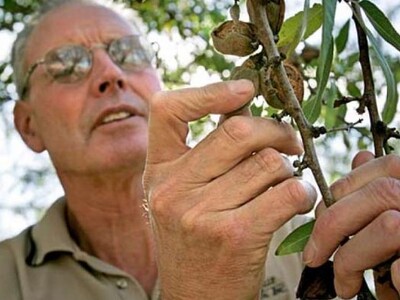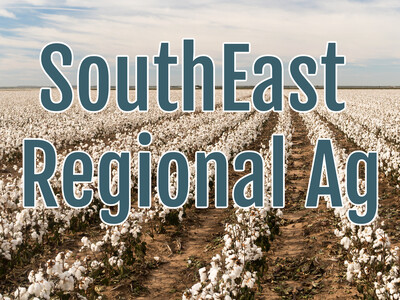Lost Apple Project
Lost Apple ProjectLost apple varieties are sprouting anew and in the spotlight thanks to a conference last week week.
The University of Idaho hosted the second Heritage Orchard Conference – albeit at a distance.
David Benscoter with the Lost Apple Project says he can identify where the pioneers were likely to plant an orchard in the hilly terrain of northern Idaho and eastern Washington.
"Some kind of a ravine or something like that – they'd stick their fruit orchards right at the bottom of that area. And those ravines would act as natural gutters and so they'd get more water than if they were to be planted on top of a hill."
The U-S Apple Association says only 15 varieties make up 90 percent of production. Benscoter calls many of the varieties he rediscovers "ugly little apples" that taste great but don't have much commercial value. Still, he says these forgotten fruits can teach growers today a lot.
"A couple of the apples that we have found have been reported to have some excellent resistance to some apple diseases."
Benscoter says the best locations are old homestead sites and that the project gets a lot of support from the public on where to snoop for apples.
"We're just hoping that a few of these have somehow survived and maybe are tucked away in the back of somebody's lot or a field somewhere."
The Heritage Orchard Conference is holding webinars once a month through next April. You are welcome to look up "the Lost Apple Project" for more information about some of the varieties of apples they have discovered.













